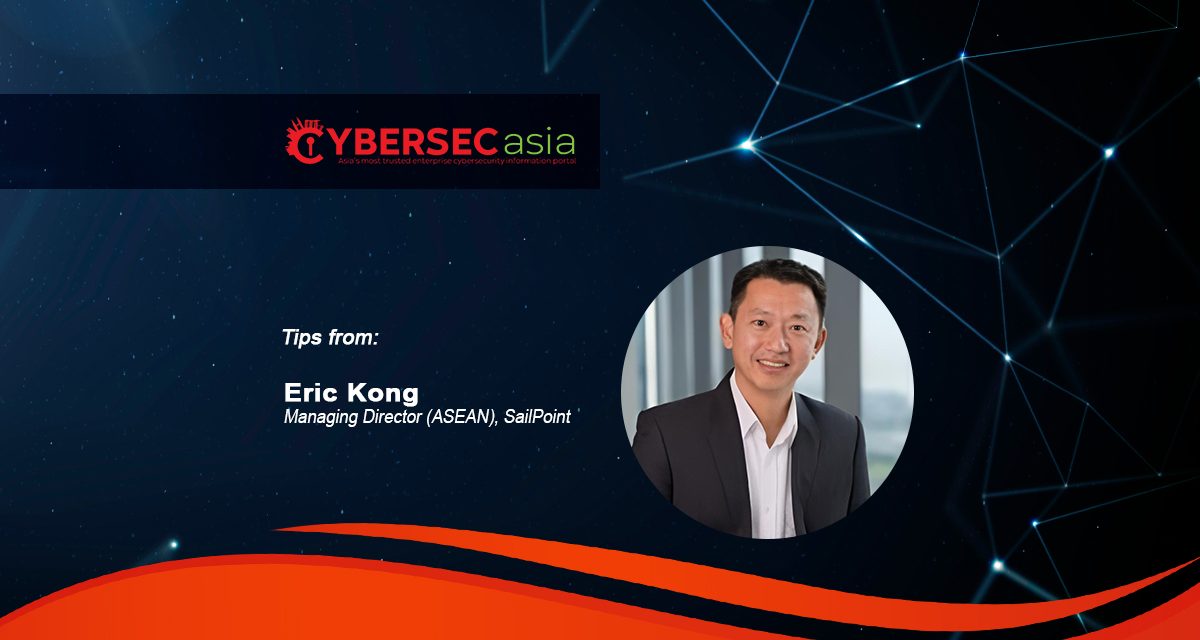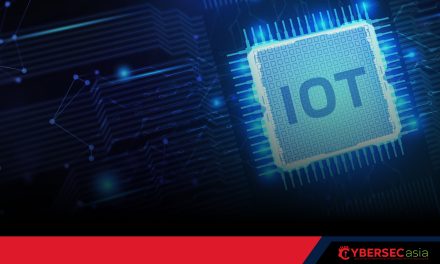Find out why and how businesses can tap intelligent automation and deep learning to manage the expanding attack corporate perimeter
In the shift to hybrid work models, many organizations can turn to external contractors and gig workers to increase flexibility and business competitiveness. What this means for businesses is more devices, and more identities to manage than ever.
The problem? Ensuring that all identities — machine and human — are securely managed. On the workplace front, the growth of both transient non-employees and remote identities has expanded organizations’ threat surface. Integration of non-employees can be rushed, resulting in inadequately managed access permissions that can leave organizations open to attacks.
Also, remote-working can exacerbate risks for modern enterprises, with high chances of excessive and inappropriate access granted to users.
Plugging the identity-management hole
Cyberattacks targeting identity systems are rampant, with the initial breach usually stemming from a user clicking on a malicious URL in a phishing email, or a drive-by compromise attack during staffs’ internet browsing and potential interaction with AI bots. Several data breaches can be traced back to some form of compromised identity.
It is clear that there needs to be a repositioning of security priorities from being device-centric to identity-centric. It is what will grant businesses complete visibility into all identity types, including employees, non-employees, and non-human identities — and their assigned access privileges. This will ensure all users receive the appropriate level of access to the right resources to do their job, without compromising the security of the business. Also:
- Modernizing for the new security challenges organizations face today must also include sunsetting legacy identity management solutions for ones that are able to tackle both the complexity and sheer volume of new identity-related threats. Comparatively, legacy identity management solutions (built for the pre-pandemic era of on-premises operations and centralized IT infrastructure) are unable to offer enterprises full visibility across all their IT environments and are also largely manual in nature.
- As advanced technologies such as AI exacerbate the risks for modern businesses, the good news is AI can also help businesses to nip identity threats in the bud. Businesses need to tap on emerging technologies for intelligent identity solutions that are both accurate and effective round-the-clock.
- AI-enabled identity security solutions can both alleviate the manpower load on businesses while also granting them high visibility into all identities and access permissions across the organization, including trends, roles, outliers, and relationships. This also means businesses can streamline access provisioning processes, to automatically and securely modify access when an employee joins, changes roles or leaves the company — across all environments.
- Tapping on automated and intelligent identity security also means terminating access based on changes to a user’s attributes or location, and automating remediation actions when risky activity is detected. This can enable IT to detect ransomware before intruders have an opportunity to launch an attack. This then moves the businesses’ identity management stance from reactive to proactive, thereby keeping them one step ahead of malicious actors.
In addition to the above factors, it remains equally necessary for organizations to evolve their identity security practices to be future-proof. In an age of ever-growing digital identities, this can only be made feasible through incorporating advanced, intelligent and unified identity security solutions for proactive cyber defense and business growth.

















